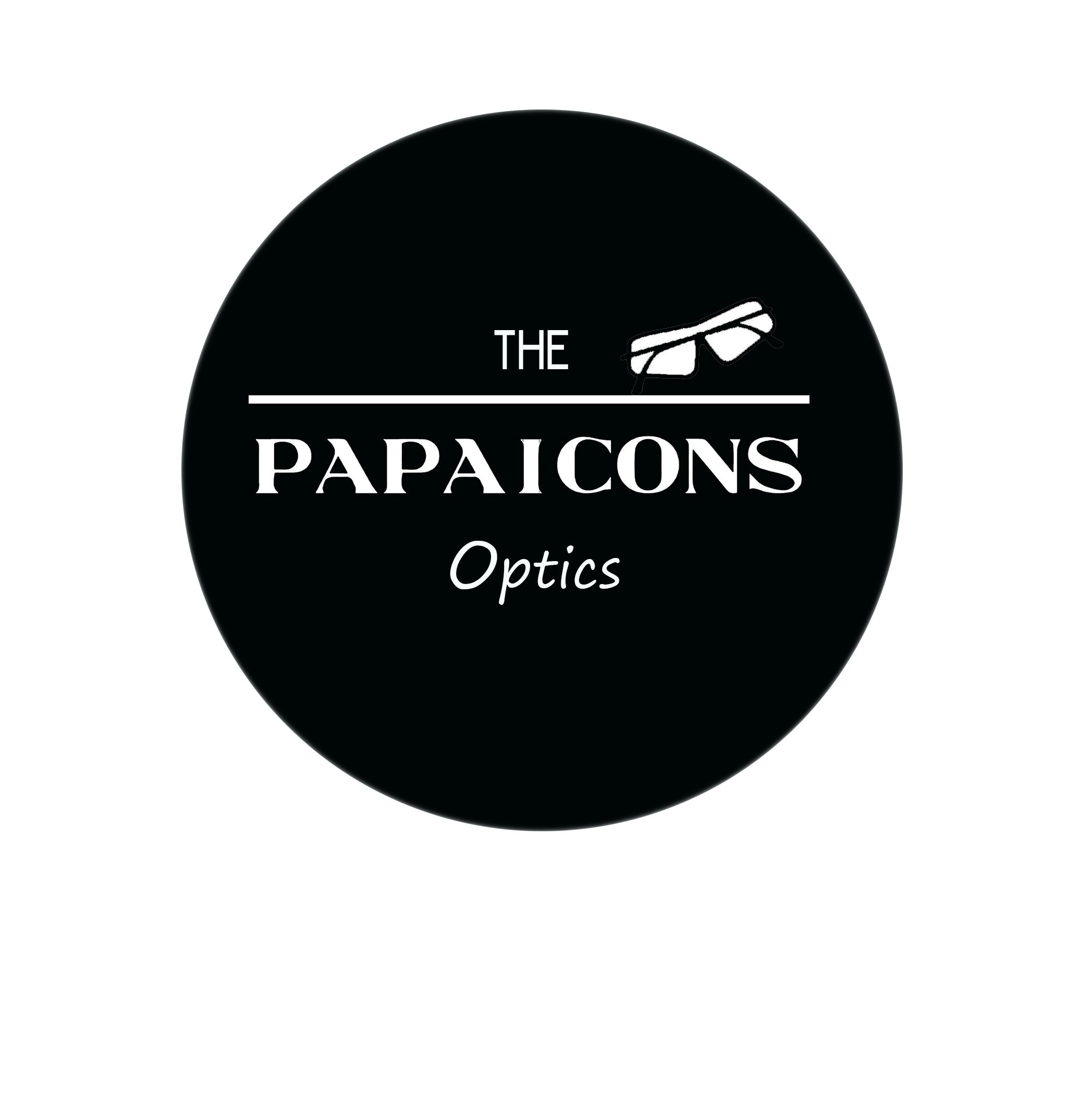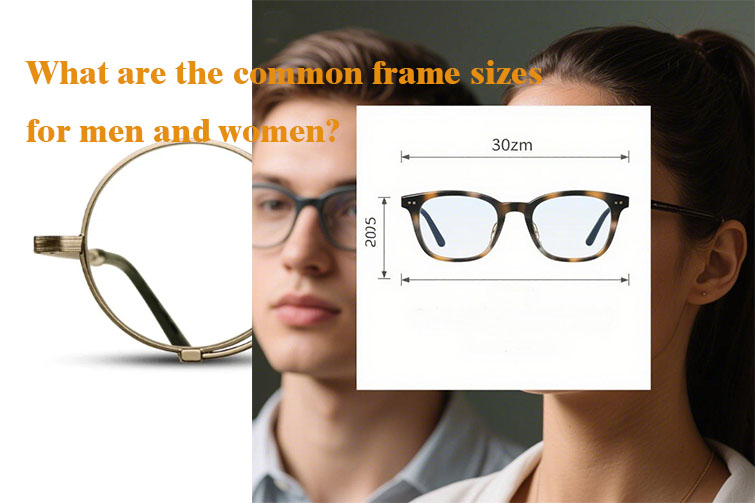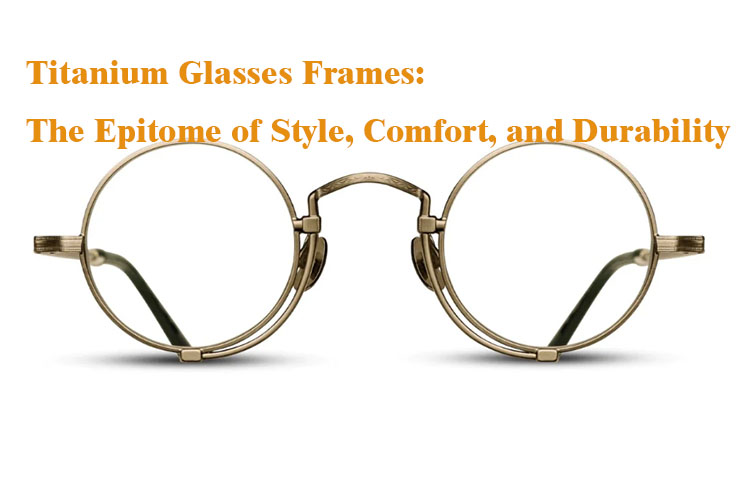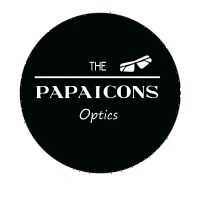
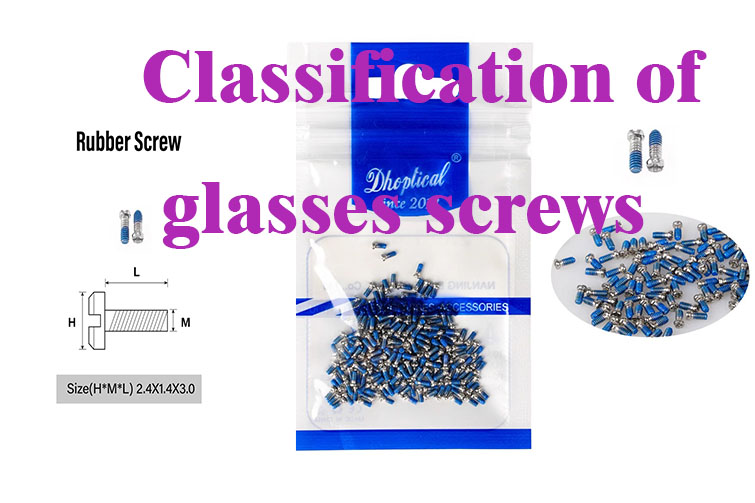
Classification of glasses screws
Introduction
In the realm of eyewear, while glasses screws may seem like minuscule components, their significance cannot be overstated. They are the unsung heroes that uphold the integrity of glasses, ensuring a stable structure and a comfortable wearing experience. This in - depth exploration will dissect the various ways glasses screws are classified, with a particular focus on their materials, head shapes, and uses.
Material - Based Classification: A Key to Durability and Functionality
- Stainless Steel Screws: The Corrosion - Resistant Champions
Stainless steel screws are a staple in mid - to - high - end eyewear. Composed of stainless steel, they possess remarkable corrosion - resistant properties. This means that regardless of the environmental conditions - be it humidity, heat, or exposure to various substances - these screws will not rust. Their ability to maintain optimal performance over extended periods is a boon for glasses. For instance, in coastal regions where salt - laden air can be corrosive, glasses with stainless steel screws will not experience any degradation in appearance or function due to screw rust. This long - lasting quality makes them a preferred choice for eyewear manufacturers aiming for durability. - Copper Screws: Cost - Effective with Some Caveats
Copper screws offer a more budget - friendly option. Their soft texture allows for easy machining, which in turn keeps production costs down. However, they fall short in terms of corrosion resistance when compared to stainless steel. In normal use, they can gradually succumb to oxidation, especially in more humid environments. As a result, copper screws are typically found in ordinary glasses where cost control is a primary concern. Manufacturers of mass - market eyewear may opt for copper screws to keep prices competitive while still maintaining a basic level of functionality. - Titanium Alloy Screws: Lightweight and High - Quality
Titanium alloy screws are a game - changer, especially in high - end and professional sports glasses. The lightweight nature of titanium alloy ensures that the glasses are comfortable to wear, even during extended periods of use. Their high strength and excellent corrosion resistance make them ideal for eyewear that needs to withstand rigorous activities. For example, in sports like cycling or skiing, where glasses may be exposed to sweat, extreme temperatures, and physical stress, titanium alloy screws provide the necessary stability and durability. They also add a touch of luxury to the overall design, enhancing the perceived quality of the eyewear.
Head Shape Classification: Balancing Aesthetics and Function
- Countersunk Head Screws: A Smooth and Sleek Choice
Countersunk head screws are designed with a conical head. When installed in glasses, the screw head sinks into the surface of the components. This results in a seamless and smooth appearance, eliminating any risk of the screw scratching the wearer's skin or snagging on clothes. They are particularly well - suited for parts of the glasses where appearance is of utmost importance, such as the connection between the frame and the lens. This flush - fitting design not only enhances the aesthetic appeal but also contributes to the overall comfort of the glasses. - Pan Head Screws: Functionality and Ease of Use
Pan head screws feature a large, round head. This design provides a substantial force - bearing area, which is crucial for a secure fastening. Their large head also makes them easy to operate with a screwdriver. In the context of glasses, they are commonly used at the connection between the temple and the frame. Since the temple is frequently opened and closed, this area requires a screw that can withstand the associated stress. Pan head screws, with their robust design, ensure that the temple remains firmly attached to the frame, even after repeated use. - Headless Screws: Minimalism at Its Best
Headless screws, as the name implies, have no prominent head. Once installed, they are flush with the surface of the components, giving the glasses a clean and simple look. They are highly favored in eyewear styles that prioritize a refined appearance, such as fashionable and high - end customized glasses. This minimalist design not only contributes to the sleek aesthetics but also ensures that the screws do not detract from the overall design concept of the glasses.
Classification by Use: Tailored Solutions for Different Eyewear Needs
- Frame Connection Screws: The Structural Pillars
Frame connection screws are the backbone of the eyewear's structure. They are responsible for connecting various parts of the frame, including the bridge of the nose and the frame - temple junction. These screws must possess sufficient strength to endure the external forces exerted on the frame during daily use. Whether it's the accidental bumps, the pressure from being carried in a bag, or the normal wear and tear, frame connection screws need to maintain the integrity of the frame. A well - chosen and properly installed frame connection screw ensures that the glasses remain stable and do not become misshapen over time. - Temple Hinge Screws: Enabling Smooth Mobility
Temple hinge screws are specifically designed for the temple hinge area. Their primary function is to control the opening and closing of the temple. To perform this task effectively, these screws must have excellent wear resistance and smoothness. Over time, with repeated opening and closing, the screws should not show signs of wear or become loose. This ensures that the temple can be opened and closed with ease, providing a seamless user experience. In addition, a well - functioning temple hinge screw contributes to the overall longevity of the glasses by preventing premature wear and tear at the hinge area. - Nose Pad Screws: Comfort and Customization
Nose pad screws are used to attach the nose pads to the frame. Since the nose pads are in direct contact with the face, the stability and comfort provided by these screws are crucial. These screws are typically small in size but play a significant role in allowing the wearer to adjust the nose pads according to their individual needs. Whether it's to achieve a better fit, to relieve pressure points, or to enhance the overall comfort of the glasses, nose pad screws enable this customization. A secure and adjustable nose pad, held in place by the right screw, can make a world of difference in the wearing experience.
Conclusion
The classification of glasses screws based on materials, head shapes, and uses is a complex yet fascinating aspect of eyewear design. Each type of screw has its unique characteristics that contribute to the overall performance, aesthetics, and functionality of the glasses. By understanding these classifications, both eyewear manufacturers and consumers can make more informed decisions. Manufacturers can select the most appropriate screws to create high - quality, durable, and comfortable eyewear, while consumers can appreciate the engineering behind their glasses and make better choices when it comes to maintenance and replacement of these essential components.
#classification of glasses screws
#materials of glasses screws
